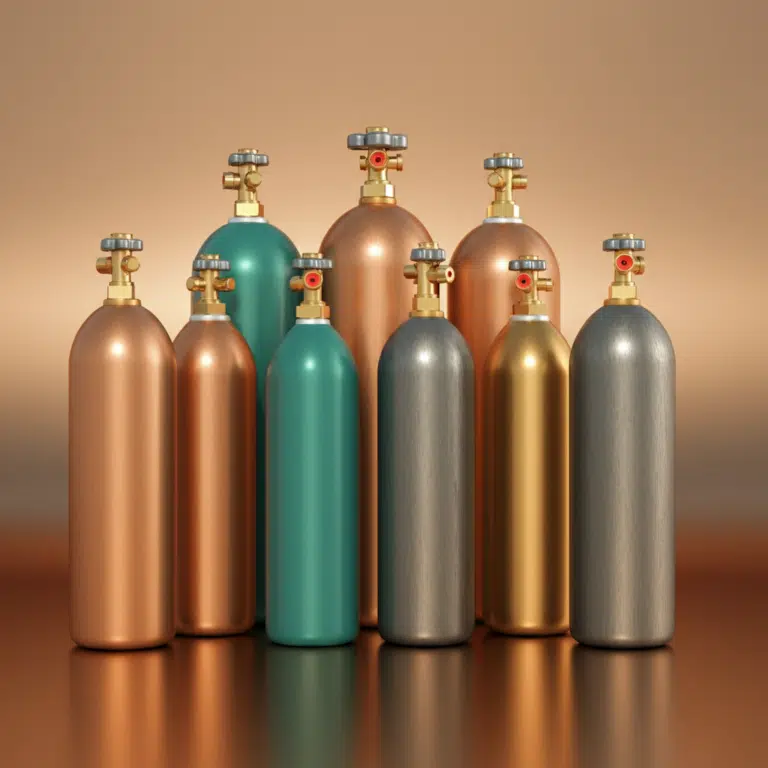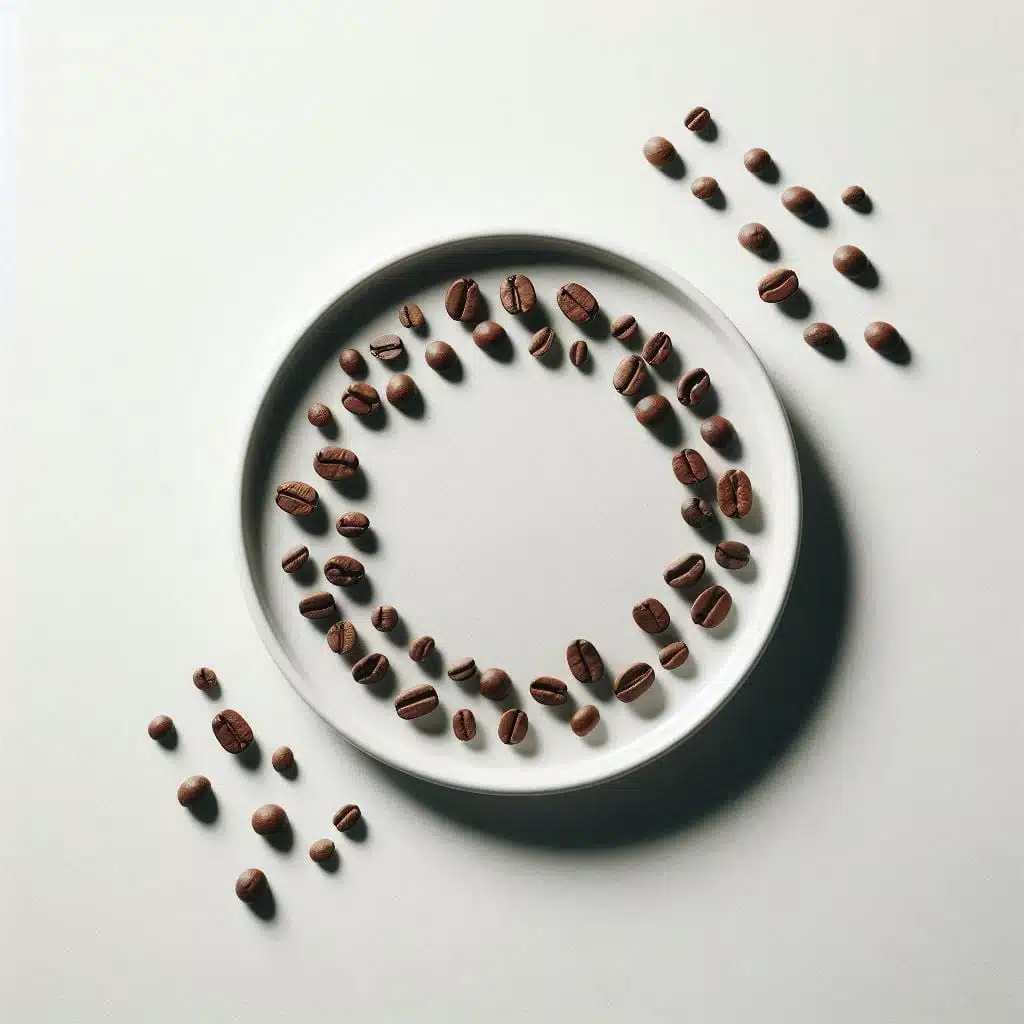The story of coffee starts over 1,000 years ago in Ethiopia where, according to legend, a goatherd named Kaldi discovered coffee. Kaldi noticed that his goats were more energetic and playful after eating the red cherries from a certain coffee tree. He tried the cherries himself and felt more alive. He shared his find with the local monks who used the cherries to make a drink to help them stay awake during long hours of prayer. And that’s how coffee started in Ethiopia and made its way to the Arabian Peninsula and the rest of the world.
Today coffee is grown in over 70 countries and is one of the most consumed beverages in the world. Millions of people drink it every day, whether as a morning routine, an afternoon boost or a social drink with friends.
Limited Edition! Cream Deluxe Black Cobra 666g – Now £21.95
Coffee Plant
Coffee plants are evergreen shrubs that belong to the genus Coffea. They have dark green, glossy leaves and small, white, fragrant flowers. These flowers are followed by red or yellow coffee cherries. Each cherry has two seeds, commonly known as two coffee beans each.
Coffee plants can grow up to 10 meters tall in their natural state. But for easier harvesting they are pruned to a height of 2-3 meters. Pruning not only makes it easier to pick the cherries but also promotes better air circulation and light penetration which can improve the quality and yield of the coffee cherries.
Types of Coffee Plant
There are over 100 coffee species but only two commercial species: Arabica (Coffea arabica) and Robusta (Coffea canephora).
Arabica coffee plants grow in cooler, tropical climates at higher altitude and are sensitive to climate and diseases. Arabica beans are considered to be of higher quality with more nuanced and complex flavor profile with notes of fruit, sugar and higher acidity.
Robusta coffee plants on the other hand are more robust than arabica coffee plants and can grow in various environments, including lower altitude and higher temperature. They are more resistant to pests and diseases. Robusta coffee beans have stronger and bitter flavor than arabica coffee and are often used in espresso blends and instant iced or coffee drinks because robusta coffee beans have higher caffeine content and creamy texture.
Coffee Growing Regions
Coffee is grown in the “bean belt”, a region that spans the equatorial zone across the Americas, Africa and Asia. The ideal climate for coffee is near the equator where the temperature is mild and there is rainfall throughout the year.
Some of the top coffee producing countries are:
- Brazil: The largest producer of coffee, known for its many flavor profiles and high quality beans.
- Colombia: Known for its smooth and balanced coffees with bright acidity.
- Ethiopia: The birthplace of coffee, famous for its unique, fruity and floral flavors.
- Vietnam: A major producer of robusta beans, known for its strong and bold flavors.

£27.50 Original price was: £27.50.£21.50Current price is: £21.50. inc. VAT

£26.95 Original price was: £26.95.£21.95Current price is: £21.95. inc. VAT

£23.95 Original price was: £23.95.£19.99Current price is: £19.99. inc. VAT

£29.95 Original price was: £29.95.£19.95Current price is: £19.95. inc. VAT

£77.95 Original price was: £77.95.£67.95Current price is: £67.95. inc. VAT

£27.95 Original price was: £27.95.£20.95Current price is: £20.95. inc. VAT

£24.98 Original price was: £24.98.£20.98Current price is: £20.98. inc. VAT

£24.95 Original price was: £24.95.£20.50Current price is: £20.50. inc. VAT

£35.00 Original price was: £35.00.£26.95Current price is: £26.95. inc. VAT
From Coffee Plant to Coffee Bean
The journey from coffee plant to coffee bean involves a process begins several stages. Coffee plants produce fruit, known as the coffee berries or cherries which contain the coffee beans. The cherries are harvested when they are ripe, either by hand or mechanical method.
Once harvested, the cherries undergo processing to remove the outer skin and pulp, to reveal the beans inside. The processing method can vary and affects the flavor profile of bitter taste of the coffee. The main methods of processing are:
- Washed (or Wet) Process: The cherries are pulped to remove the outer skin, then fermented to break down the mucilage before being washed and dried. This method results in a cleaner and brighter flavor.
- Natural (or Dry) Process: The cherries are dried with the fruit still intact, the beans absorb the flavors from the fruit. This can produce a sweeter and fruitier coffee.
- Honey Process: A combination of washed and natural method, some mucilage is left on the beans during drying. This can produce a balanced flavor profile with both bright and sweet notes.
After processing, the beans are dried to around 11% moisture to preserve them for transportation dry processing and storage.
Coffee Processing and Production
The next stage of coffee production is roasting. Roasting changes the chemical and physical properties of the green coffee beans into roasted coffee products. It is during the roasting process that the green coffee beans first develop their flavor and aroma. Roasting profiles can be light, medium or dark and each produces different flavor characteristics.
- Light Roast: Keeps more of the original flavors of the arabica coffee, often resulting in brighter and more acidic notes.
- Medium Roast: Balances acidity and body, a more rounded flavor profile.
- Dark Roast: Highlights deeper and more robust flavors, often with smoky or chocolatey notes.
Coffee Bean Composition and Flavor
Coffee beans are made up of carbohydrates, proteins and oils which contribute to its flavor and aroma. The flavor of different types of coffee beans is influenced by many factors such as the type of coffee plant, the region it was grown, and the processing and roasting methods used.
- Arabica Beans: Known for their flavor profiles, often fruity, floral and acidic.
- Robusta Beans: Bolder and more bitter, earthy and nutty.
The Coffee Bean Belt
The coffee bean belt is the region where coffee is grown, the equatorial regions of the Americas, Africa and Asia. This area provides many countries produce the ideal climate for coffee production, mild temperatures and adequate rainfall.
The belt has over 70 countries that produce coffee, Brazil, Colombia and Ethiopia are among the top producers. Each region imparts its own characteristics to the coffee beans grown there, resulting to different flavors and profiles in the best coffee shops.
Decaffeination and Specialty Coffee
Decaffeination instant coffee is the process of removing caffeine from the coffee beans, it can be done using Swiss Water Process, CO2 extraction or solvent-based methods. Decaf coffee allows us to enjoy the flavors of coffee without the caffeine kick.
Specialty Coffee refers to high quality coffee made from unique and exotic beans. Specialty coffee is often the highest quality beans from Arabica coffee beans and known for its flavor profile and aroma. These Arabica coffee beans are graded and scored based on flavor, acidity, body and aroma, scores above 80 is considered specialty grade.
Coffee is a complex and wonderful drink that has come a long way from its roots in Ethiopia. From the coffee plant to the cup, many factors contribute to the flavor and quality of the final product. Knowing the journey of coffee—from the type of coffee plant, the region it was grown, the processing methods used and the roasting techniques—will make you appreciate this drink more.
Whether you’re a coffee connoisseur or just starting to explore the world of coffee, there’s always something new to learn. The diversity of coffee with its many flavors, aromas and brewing methods means there’s a perfect cup of coffee for everyone. So take time to try different types of coffee, new brewing methods and coffee drinks and enjoy the rich and varied world of coffee.

£27.50 Original price was: £27.50.£21.50Current price is: £21.50. inc. VAT

£26.95 Original price was: £26.95.£21.95Current price is: £21.95. inc. VAT

£23.95 Original price was: £23.95.£19.99Current price is: £19.99. inc. VAT

£29.95 Original price was: £29.95.£19.95Current price is: £19.95. inc. VAT

£77.95 Original price was: £77.95.£67.95Current price is: £67.95. inc. VAT

£27.95 Original price was: £27.95.£20.95Current price is: £20.95. inc. VAT

£24.98 Original price was: £24.98.£20.98Current price is: £20.98. inc. VAT

£24.95 Original price was: £24.95.£20.50Current price is: £20.50. inc. VAT

£35.00 Original price was: £35.00.£26.95Current price is: £26.95. inc. VAT
Where Do Coffee Bean Get Their Beans From?
Coffee Bean & Tea Leaf sources their beans from several regions around the world known for their high quality coffee production. This includes countries in the equatorial zone, Brazil, Colombia and Ethiopia. Each region imparts its own flavor and characteristics to the coffee beans, so Coffee Bean & Tea Leaf’s offerings are diverse and flavorful.
Where Do Coffee Beans Come From to the UK?
Coffee beans imported to the UK comes from coffee producing countries in the equatorial region, commonly referred to by coffee lovers and farmers as the “coffee belt”. Top suppliers are Brazil, Colombia, Ethiopia and Vietnam. These countries have the ideal climate for coffee production and meet the quality standards of the UK market.
Where Do Coffee Beans Grow Naturally?
Coffee beans grow naturally in the “coffee belt”, a region that spans the equatorial zones of the Americas, Africa and Asia. This region has the ideal climate for coffee production, mild temperatures and sufficient rainfall. Countries in this coffee belt, Brazil, Colombia, Ethiopia and Vietnam are major coffee producers.
Where Does Coffee Come From?
Coffee comes from Ethiopia. The region is considered the birthplace of coffee, where it was first discovered and consumed by the local populations. From there coffee spread to the Arabian Peninsula and then to the rest of the world through trade and exploration.
What Is Coffee Made From?
Coffee is made from the seeds of the Coffea plant. There are over 100 species of Coffea but the two main species used for commercial coffee production are Coffea arabica (Arabica) and Coffea canephora (Robusta coffee). The seeds, commonly referred to as coffee beans are harvested, processed and roasted to produce coffee.
Where Does Most Of The World’s Coffee Come From?
Most of the world’s coffee comes from the “coffee belt” region, with the largest volumes produced in countries like Brazil, Vietnam, Colombia and Ethiopia. Brazil is the world’s largest coffee producer, accounting for a big chunk of the global coffee supply.
Are Coffee Beans Seeds?
Yes, coffee beans are seeds. They are the seeds of the coffee cherries produced by the Coffea plant. Each coffee cherry has 2 seeds, which are processed and roasted to produce the coffee beans we know.
What Does Coffee Come From?
Coffee comes from the Coffea plant, specifically the species Coffea arabica and Coffea canephora. These evergreen shrubs produce coffee cherries which have the seeds (green coffee beans) used to make coffee.
Where Does Filter Coffee Come From?
Filter coffee comes from the seeds of the Coffea plant. The beans are harvested from coffee cherries, processed to remove the pulp and then roasted. The roasted green coffee beans are ground and brewed to produce filter coffee.
Where Do Coffee Beans Grow?
Coffee beans grow from the coffee cherries produced by the Coffea plant. The cherries grow on the branches of the plant and are harvested when they turn red or yellow. The seeds inside these red berries or cherries are the green coffee beans.
Which Country Do Coffee Beans Come From?
Coffee beans come from many countries in the “coffee belt”. The main coffee producing countries are Brazil, Vietnam, Colombia, Ethiopia and Indonesia. Each of these countries has a coffee culture and tradition of coffee production that contributes to the world’s coffee production and the global coffee market.
Where Did the Coffee Bean Originate?
The origin of these beans is from Ethiopia. It is believed that the discovery and first consumption of coffee as a beverage was in this region. From there coffee spread to the Arabian Peninsula and then to the rest of the world.
Where Do Coffee Beans Come From Originally?
Originally most coffee plants and roasted beans, come from Ethiopia. This is the birthplace of coffee where it was first discovered and consumed by the locals. The energizing properties of roasted coffee beans were first recognized here and from there it was cultivated and spread globally.
Where Do Most Coffee Beans Come From?
Most coffee beans come from Brazil. As the world’s largest coffee producer Brazil has a huge area dedicated to coffee cultivation and produces a big chunk of the world’s coffee supply.
Do Coffee Beans Come From Cherry Trees?
Coffee beans come from coffee cherries not cherry trees. They come from the Coffea plant which produces coffee cherries. These cherries have the seeds (coffee beans) used to make coffee.
What Tree Do Coffee Beans Come From?
Coffee beans come from the Coffea tree which is an evergreen shrub. The two main species of coffee trees used for coffee production are Coffea arabica and Coffea canephora (Robusta coffee). These trees produce the coffee cherries which have the coffee beans.
Where Did Coffee Originate?
Coffee beans originated from Ethiopia. The region is considered the birthplace of coffee where it was first discovered and consumed by humans for its energizing effects.
Which Plant Does Coffee Come From?
Coffee comes from the Coffea plant, specifically the species Coffea arabica coffee beans and Coffea canephora. These plants produce the coffee cherries from which the coffee beans are harvested.
Who Brought Coffee to Europe?
Coffee was brought to Europe by traders and explorers who passed through the Arabian Peninsula. The first recorded introduction of coffee to Europe was in the 17th century and the Venetians were among the first to trade in coffee. Coffeehouses started to appear in major European cities soon after.
Who First Drank Coffee?
The first recorded coffee consumption was by the indigenous people of Ethiopia. However, the widespread use of coffee as a beverage started in Yemen in the 15th century where Sufi monks drank it to stay awake during their night prayers. This practice spread to the Arabian Peninsula and eventually to Europe and beyond.
In summary, the journey of coffee from its origin in Ethiopia to becoming a global beverage is a fascinating story of exploration, trade and cultural exchange. The coffee plant, primarily Coffea arabica coffee grows the beans and Coffea canephora produces the coffee cherries that have the beans we enjoy today. Whether through ancient legends or modern day farming practices the story of coffee continues to evolve and enrich the lives of those who drink it.














